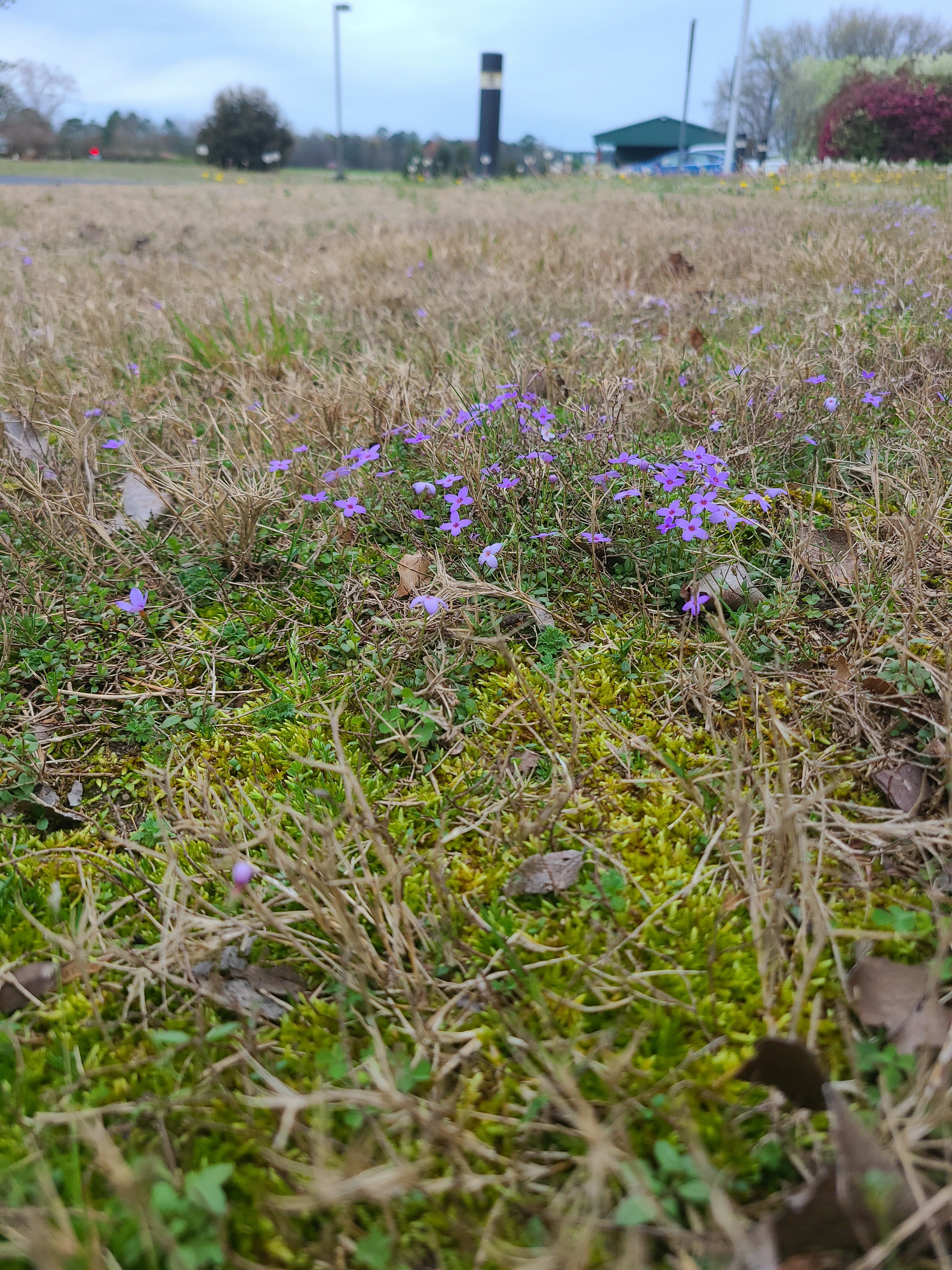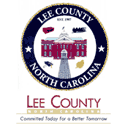Low-Mow 2023 and the Role of Turf
go.ncsu.edu/readext?928870
en Español / em Português
El inglés es el idioma de control de esta página. En la medida en que haya algún conflicto entre la traducción al inglés y la traducción, el inglés prevalece.
Al hacer clic en el enlace de traducción se activa un servicio de traducción gratuito para convertir la página al español. Al igual que con cualquier traducción por Internet, la conversión no es sensible al contexto y puede que no traduzca el texto en su significado original. NC State Extension no garantiza la exactitud del texto traducido. Por favor, tenga en cuenta que algunas aplicaciones y/o servicios pueden no funcionar como se espera cuando se traducen.
Português
Inglês é o idioma de controle desta página. Na medida que haja algum conflito entre o texto original em Inglês e a tradução, o Inglês prevalece.
Ao clicar no link de tradução, um serviço gratuito de tradução será ativado para converter a página para o Português. Como em qualquer tradução pela internet, a conversão não é sensivel ao contexto e pode não ocorrer a tradução para o significado orginal. O serviço de Extensão da Carolina do Norte (NC State Extension) não garante a exatidão do texto traduzido. Por favor, observe que algumas funções ou serviços podem não funcionar como esperado após a tradução.
English
English is the controlling language of this page. To the extent there is any conflict between the English text and the translation, English controls.
Clicking on the translation link activates a free translation service to convert the page to Spanish. As with any Internet translation, the conversion is not context-sensitive and may not translate the text to its original meaning. NC State Extension does not guarantee the accuracy of the translated text. Please note that some applications and/or services may not function as expected when translated.
Collapse ▲Warm weather is creeping in and we are starting to see grassy areas green up. Maybe even a few of you have already run the lawnmower this season! According to NC State TurfFiles, managed turfgrass is the largest ornamental crop in the Southern United State, and there are more than two million acres of turfgrass grown in North Carolina. Single-family homes account for about 60 percent of that acreage. With this amount of real estate taken up by turf, the “No-Mow May” campaign may seem exceptionally relevant to home and business owners with turf, yet there is more nuance to it than “not mowing your lawn in May.” You may want to hold off on pulling that starter!
Where Did It Come From?
For us in North Carolina, it is probably more appropriate for it to be “No Mow March”, according to Dr. Grady Miller, Bayer Environmental Science Distinguished Professor of Sustainable Development & Extension Specialist Turfgrass Management at NC State!
The “No-Mow May” campaign was first promoted by PlantLife, a non-profit organization promoting wildflower and countryside conservation in the United Kingdom. The idea is to delay Spring mowing, so flowers would be available to foraging insects as they emerge from the Winter. Spring arrives much later in the UK than in the American Southeast, so May is when more flowers are blooming in turf-like areas.
This campaign is catchy and spread across the United States, but went viral in 2022 after Appleton, Wisconsin, a Bee City USA participant, adopted “No-Mow May” as a resolution for residents who did not want to mow their lawns, which at the time was against standing city ordinances. Newspapers and social media swarmed the town and the buzz spread far and wide. Xerces Society staff were overwhelmed with interview requests and “No-Mow May” had more than three billion search hits!
The staff at Xerces recognize that “No-Mow May” is not applicable to all land managers, as every region will experience “Spring” at different times and flowers in turf will flower at different times as well.
Why is it Important to Consider Reducing your Mowing
Keen gardeners and pollinator conservationists have documented the decline in insect populations for more than two decades now, and are considering how society can be more mindful managers of the property and land we manage. The health of humans is directly related to the health of insects and plants. Researchers and land managers are developing new management strategies targeting lawns and turf areas because of how much acreage they cover, and how much of an impact small changes on those acres can have on the overall landscape and ecological health of an area.
It is important to recognize different types of turf areas and determine what your landscape goals are. For home and business owners, your landscape goals will determine the level of management you actually need. This could result in cost savings, because you will only be doing what you need to be doing and not wasting money on inputs you don’t need!
There are highly-managed turf areas, like those for parks, sports fields and golf courses, which serve a function for gathering, sports, and play, and are maintained as a monoculture of specific turf varieties to maintain their functionality. Managed

Bluets- Different flowering plants can tolerate mowing in “green” areas, but reduced mowing can be important so these sources of nectar for insects emerging from Winter are available. Photo by Amanda Wilkins
turfgrass required higher water and chemical inputs than other landscape ornamental plants to maintain. Then there are areas where they are allowed to be “green” and are treated like turf through mowing, but there isn’t a necessity to maintain a turfgrass monoculture because they are not actively used for anything. Not having perfect turfgrass is okay in the home and business landscape!
What Can You Do?
There are many options for homeowners and land managers to promote pollinator health in turf areas, whether you are maintaining high-performance turf or “green” areas.
For high-performance turf: Make sure to read the label on your pesticides to make sure you are spraying at appropriate times so as to not impact pollinating insects. Consider why you are applying a pesticide before application. Treat or mow flowering weeds to remove flower heads before applying insecticides. Use a mulch buffer around other landscape plants to create space between managed turf and other ornamental plants. Consider planting a perennial border to encourage insects and animals. Consider allowing wild areas that will get reduced mowing in less-traveled or less-used areas.
For “green areas” near homes and businesses: Consider reducing the amount of mowing you do throughout the season. Raising the mowing deck can allow flowering plants space to grow and bloom in mown “green” areas. Do not treat lawns with insecticides unless completely necessary (this is rare for non-managed turfgrass). Avoid “weed and feed”-type chemicals, and only apply fertilizers and pesticides when necessary.
~~~
Resources:
No-Mow May Demystified NC State
Turfgrass Portal from NC State
“No Mow May? No Mow April? Low Mow Spring?” Youtube Recording from Xerces Society:
Original “No-Mow May” Campaign from PlantLife (UK)




